Bass fishing is a sport that will reward those who are prepared to spend some time and effort in selecting the right equipment.
Whether you are a beginner or an experienced angler, it is impossible to achieve success in bass fishing without quality equipment. There are few main factors that you must consider when selecting your bass fishing rod.
Choosing the best bass fishing rod can be a difficult task. But when you know what to look for, finding the right fishing rod can be a breeze. In this article, we’ll discuss a few of the most important factors to consider when shopping for a new fishing rod.
Table of Contents
6 Factors of A Bass Fishing Rod Selection
There are 6 most important factors to keep in mind during a bass fishing rod buying. These are the followings.
- Length
- Action
- Power
- Type of rod
- Line weight rating and
- Price
Let’s dive into details each of them and I hope this will make your purchase great.
1. Length

The first criterion for choosing the right length is, of course, the type of fish you’re going after. A bass fisherman needs a longer rod than a trout fisherman. But even if you don’t plan on catching any largemouths or smallmouths, there are still plenty of other factors to consider when picking out your ideal length.
Length matters because it affects not only casting distance but also handling ease and finesse needed for landing finicky fish (think bluegill). A long rod will give you greater range when casting and help cover more territory when fishing; however, it may be difficult to handle on windy days or in tight spaces like around trees or bushes where your movements are limited.
A shorter rod offers better control over smaller targets like panfish; however, it won’t reach very far when throwing lures into deep water—and if you hook into something big like an 8-pound rainbow trout it could snap in half!
In addition to using different lengths depending on your target species (and whether they’re moving fast), consider how much maneuverability is required for each species: if all else fails go with what feels best in terms of handling comfort/ease vs range potential when casting with accuracy at longer distances from shoreline structures such as docks and rocks.”
2. Action
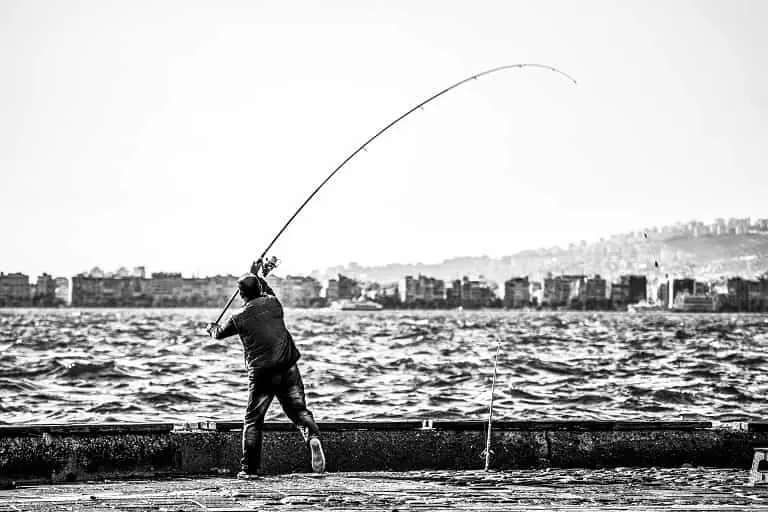
The next thing to consider when choosing a rod is the action. Action describes how quickly or slowly a rod will flex, and it’s an important consideration for several reasons.
- A slow-action rod is best for fishing in rough water, where you’re going to be dealing with heavy line and lots of movement from the fish. Slow-action rods are also great for long lining in calm conditions and trolling with live bait behind the boat.
- A fast-action rod is best for fishing in calm conditions or smaller lakes and ponds where there isn’t as much activity happening at once, so you can use lighter line without getting tangled up by wind or other factors out on the water (like waves).
- In between these two extremes are medium action rods that offer some speed but still allow you some control when fighting larger fish during hookup — this type of setup works well when targeting bass on both fresh and saltwater areas alike!
3. Power
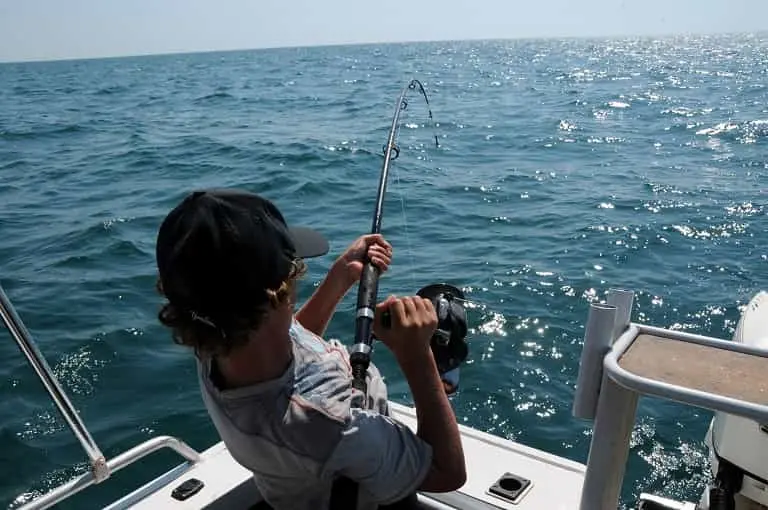
Determining the power of a rod is relatively easy. Power is essentially how far a rod will cast, and it’s determined by the length and weight of the rod. A longer rod will have more power than one that is shorter, while heavier rods have more power than light ones.
If you want to fish in windy conditions or deep water where long casts are required (for example), then you will want a heavy rod with lots of power. If you only fish shallow waters where short casts are required, then you can use a lighter rod with less power.
If you’re not sure what kind of fishing environment suits your style best—and this is true for everyone at some point—you should start by reading about different types of lures and tackle as well as their characteristics so that when someone asks which lure type would be good for their current location and situation (as well as whether or not live bait should be used instead), they’ll know immediately without having to think too hard about it themselves! Once they’ve made those decisions.
4. Type of rod
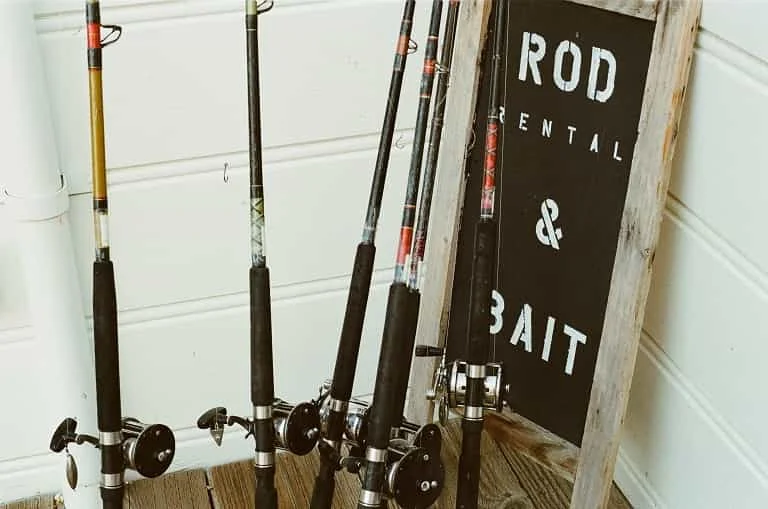
The type of rod you choose depends on your fishing style, where and when you fish, and what kind of fish you’re targeting.
- Graphite: These rods are lightweight and have a high strength-to-weight ratio. They’re also sensitive to vibrations and can be bent easily.
- Fiberglass: These rods are very durable but heavy (up to five times heavier than graphite). They’re not as flexible as graphite rods, which means they don’t bend as easily or feel the vibration from a strike as much.
- Composite: This is a newer type of material that combines both graphite and fiberglass materials in one rod—this gives it both light weight (like graphite) along with durability (like fiberglass).
- Boron: Boron is stronger than carbon but less resistant to heat than graphite or composite materials.
5. Line Weight Rating
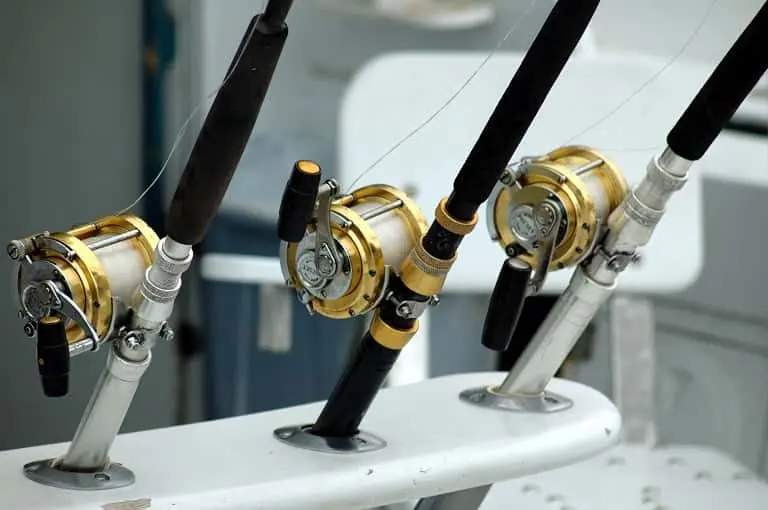
Line weight rating is the thickness of the line (the diameter of the spool) and determines what kind of hook and bait you can use. It’s also expressed in pounds, so it’s easy to compare different reels based on their rated capacity. For example, a spinning reel with a 6-pound rating will be able to hold up enough line for you to fish with baits that weigh up to six pounds.
Line weight ratings are important because they determine how big your hooks and baits can get before the line becomes too heavy for your reel.
For instance, if you’re using 12 pound test monofilament fishing line on an 8 pound test spinning reel, it’ll probably be fine for smaller fish since those hooks have relatively small weights (like 2 or 4/0). But once you start getting into larger species like catfish or large bass—which require heavier tackle—then switching over from mono will help keep things hooked longer without risking losing them off of sharp hooks!
6. Price
Price is not an indicator of quality, but it can be a good indicator of popularity. If you see a lot of reviews on the internet that promote or discuss a particular product, that means it’s popular and likely has features that are worth considering.
Price also gives an idea of durability. The higher the price tag, the more durable the product will probably be. But don’t let this fool you: cheaper products can still offer high-quality materials and components in their construction (especially if they come from reputable brands).
Final Guide of Choosing a Bass Fishing Rod
First, you need to think about the length of the rod. For example, if you are only targeting panfish or trout, then a 6-foot rod is all that is necessary. However, if you want to fish for bass or other larger species like salmon and steelhead trout then an 8-foot or 10-foot rod would be more appropriate.
Next up is the line weight rating of your line. This refers to how much force will be applied against your hook when setting the hook on a bite from an unsuspecting fish. The higher this number is (between 4 and 15 pounds), the faster it can apply pressure once set—ideal for catching large fish like walleye or catfish!
Next up: action of your fishing pole itself (the flexibility at its tip). Some anglers prefer stiffer rods so they have more control over what happens when their lure lands in front of an eager predator; others prefer softer actions because they feel comfortable with less stiffness controlling their hooksets (and therefore fewer missed opportunities). Finally—and most importantly—”power” refers indirectly but specifically enough by analogy here: What kind of reel do I get?
I hope this article will help you to find the best bass fishing rod for your ultimate fishing. If you have any opinion on this or want more about fishing, kayaking or anything related to those topics let us know through comments. I would love to read them.
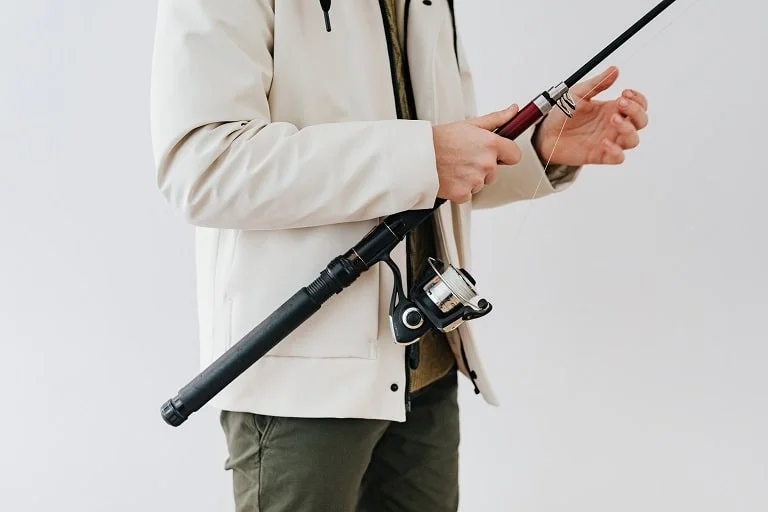


Pingback: 10 best bass fishing rod and reel combos for 2022 - Safekayaking